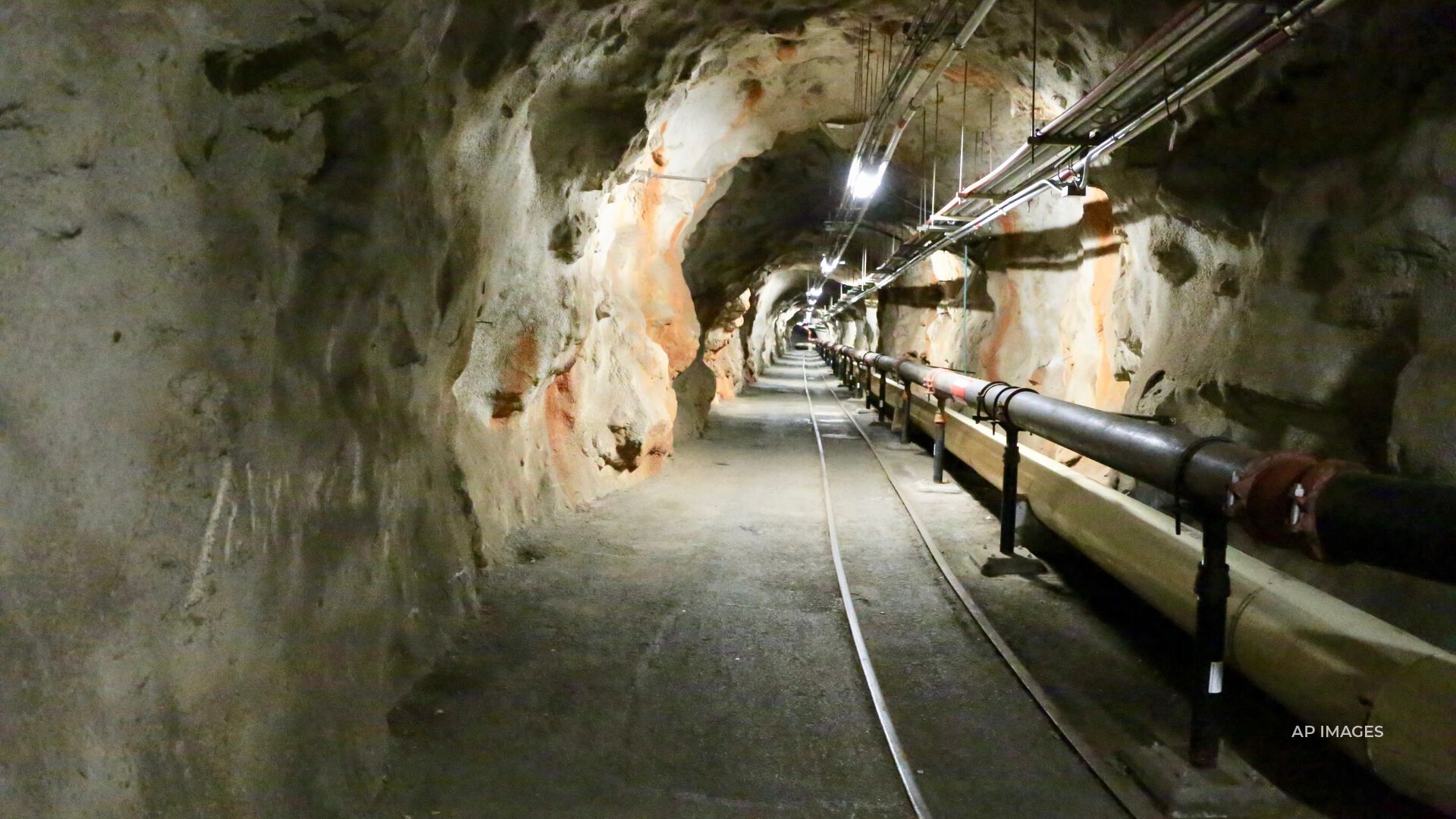
John Kirby, Pentagon Spokesman: “Secretary Austin decided today, and you should have the statement, if you don’t, you’ll have it shortly, that directs the Secretary of the Navy in coordination with the commander of the United States Indo-Pacific Command to take all steps necessary to refuel and to permanently close the Red Hill bulk fuel storage facility.”
“We are committed to mitigating the impacts of the November incident, and we are restoring safe drinking water to all affected residents and providing best in class sampling and testing to ensure the continued safety of the drinking water. And finally, we’re going to complete environmental mitigation efforts for the Red Hill drinking water well and any other impacted areas, and continue to engage the community on land use. One additional note, which I believe many of you are tracking, the commander US Pacific Fleet has directed a command investigation into the releases and contamination of the water supply. When that review is complete, the Navy will publicly released the report and continue to work closely with the Department of Health and Hawaii about pursuing follow on actions that work continues.”
“The Secretary is committed to doing this, this he believes this is the right decision, not just for our national security, for a more distributed and dispersed fueling capability through the Indo-Pacific, but also for the environment, for for a gracious host and neighbors in Hawaii and of course, for our military families.”
“Once we have prepared the site for defueling and we know we can do that safely, we estimate that it’ll probably take somewhere within 12 months or so to fully defuel and close it. Then once it’s closed, we’ll begin to work on what the land use for it looks like going forward.”
“I want to end by noting that the secretary’s decision is not considered by the department to be some sort of quick fix. We have work to do. We know that across the enterprise, with elected officials from Hawaii and local organizations and of course, with our military families, many of whom have suffered as a result of that leak and the contamination. We’re going to stay transparent is fully transparent on this work as we can. We’re going to continue to update you and them as actions are taken. But we do believe that this decision by the secretary today marks a significant first step in the path forward.”










